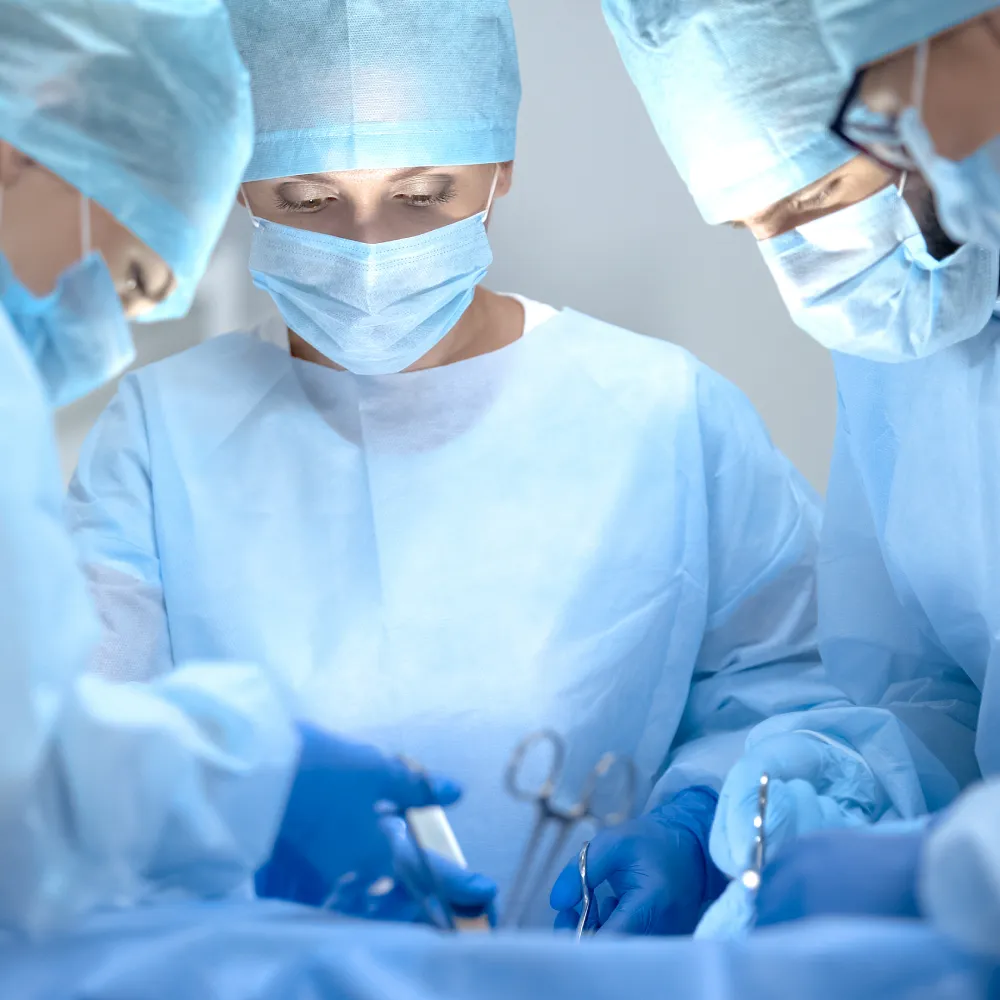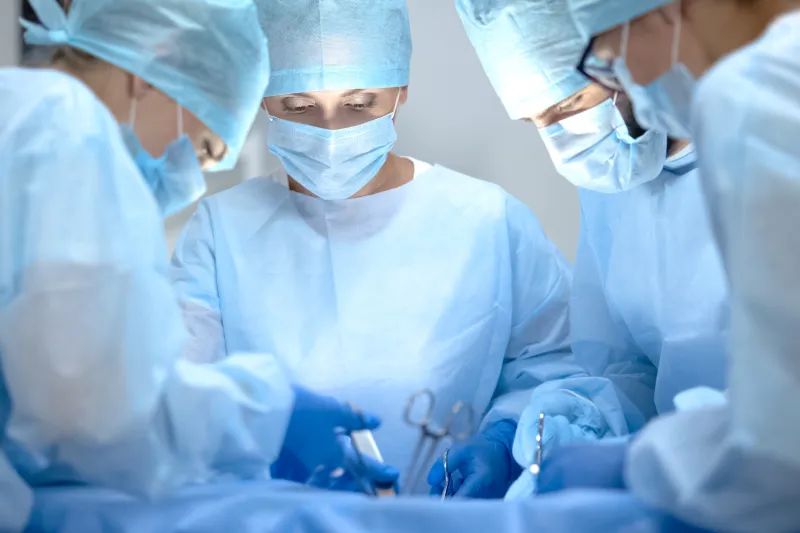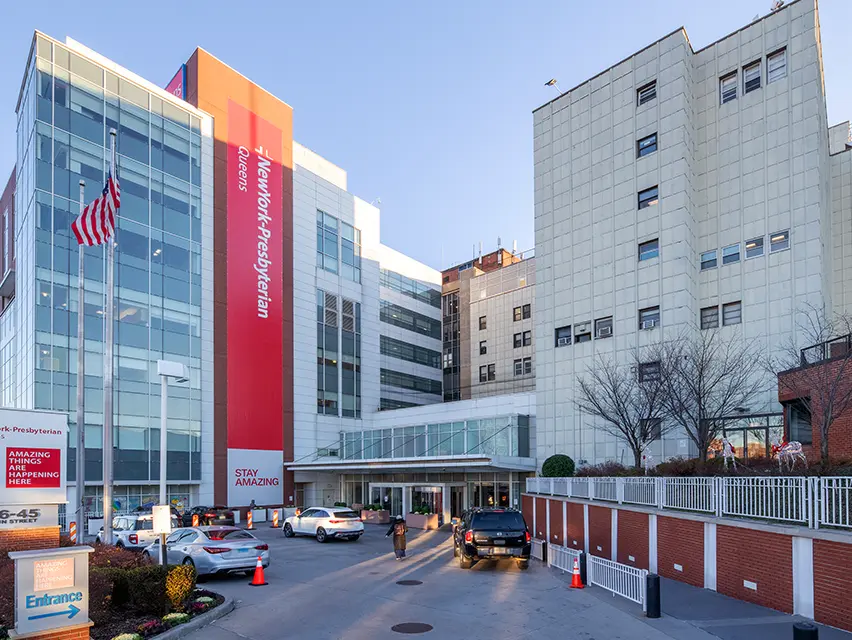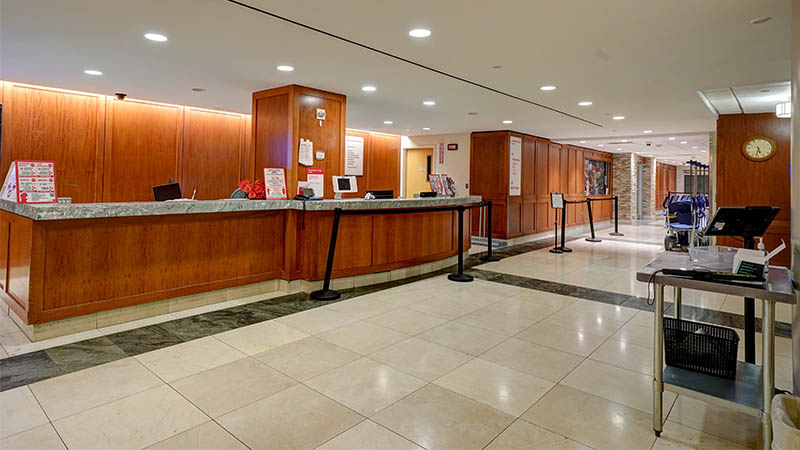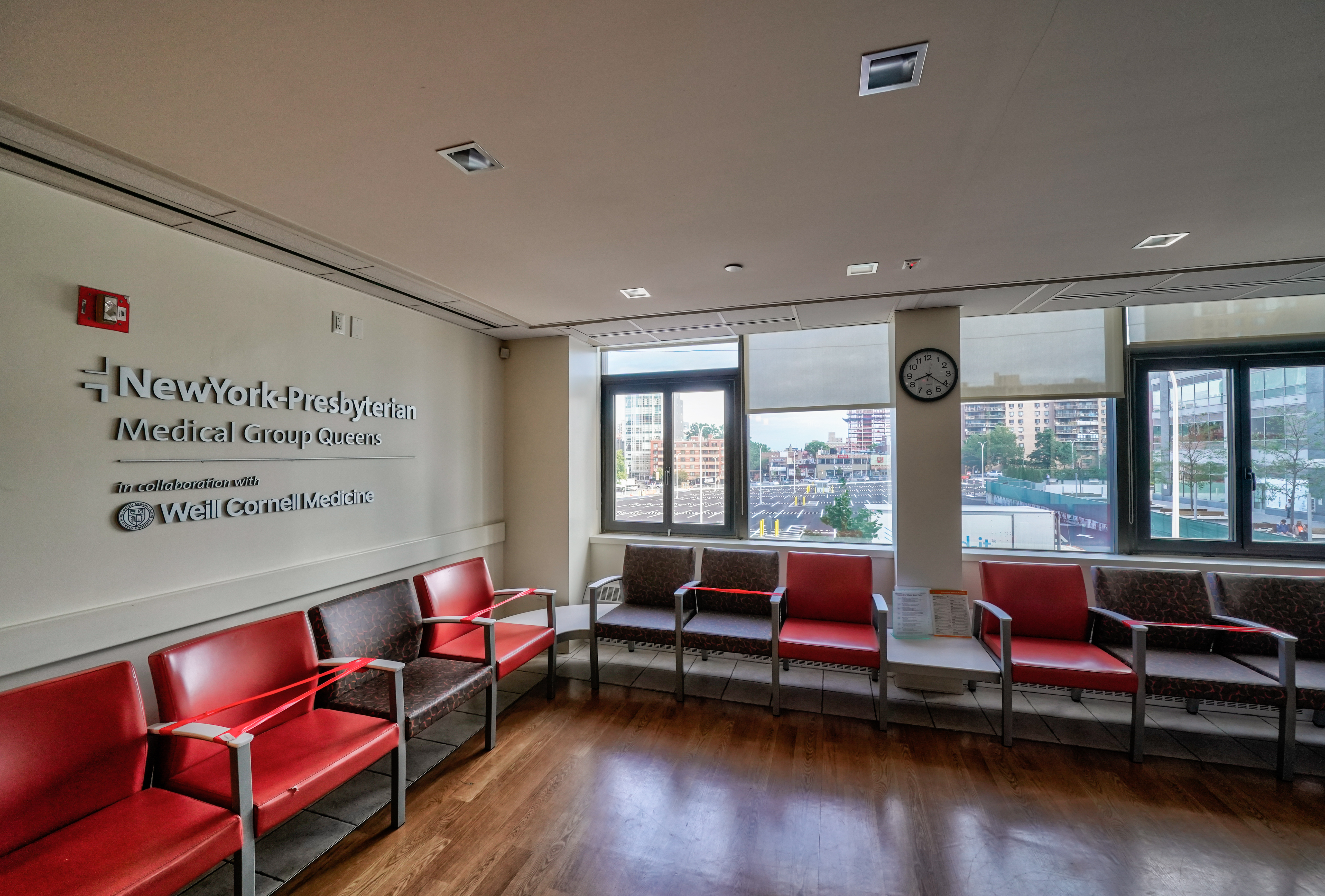At NewYork-Presbyterian in Queens, we’re transforming vascular care with advanced imaging technology and innovative treatment approaches. We offer treatment and support for conditions such as carotid artery disease, aortic and iliac aneurysms, deep vein thrombosis, and more. With a unique combination of cardiology, cardiac surgery, and vascular surgery in one collaborative network, our experts are equipped to care for patients who would otherwise be declined for treatment.
We provide surgical services at our hospital as well as consultations and convenient care at our Medical Groups throughout the borough.




